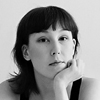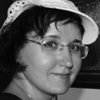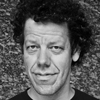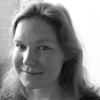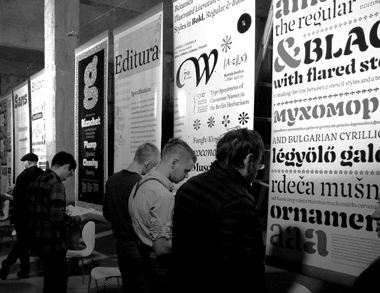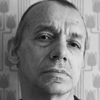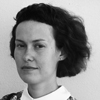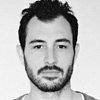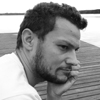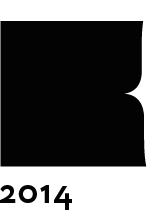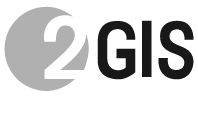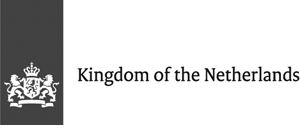Program
24 November
| 11:00 |
Luc(as) de Groot Aleksandra Samulenkova |
Eye Opener Type Design |
25 November
| 11:00 |
Eye Opener Type Design workshop continued |
26 November
| 11:00 |
Eye Opener Type Design workshop continued |
27 November
| 11:00 |
Erik van Blokland |
Long distance TypeCooker |
28 November
| 11:00 |
Long distance TypeCooker workshop continued |
29 November
| 10:00 |
Registration |
|
| 11:00 |
Gayaneh Bagdasaryan Vasily Tsygankov |
Introduction |
| 11:10 |
Erik van Blokland |
Light and Letters (and code) |
| 11:55 |
Just van Rossum |
How type & code became inseparable |
| 12:40 |
Luc(as) de Groot |
Designing big type families with optical mathematics, ClearType hinting and kernologica research to improve the readability per square centimeter… |
| 13:25 |
lunch break |
|
| 14:55 |
Irina Smirnova |
Theory of Writing: between East and West |
| 15:40 |
John Hudson |
Same Difference, or what is the type designer doing and why? |
| 16:25 |
David Jonathan Ross |
Backasswards! |
| 18:00 |
“Type Graduation Projects 2014”. Exhibition opening. |
30 November
| 11:00 |
Eugeny Grigoriev |
The Dash. Rules and Aesthetics |
| 11:45 |
Frederik Berlaen |
“More Tools, Please!” |
| 12:30 |
Vladimir Krichevsky |
Presentation of the book “Two faces of one revolution” by its authors |
| 13:15 |
lunch break |
|
| 14:45 |
Elena Novoselova |
Alexander Tarbeev’s type design workshop |
| 15:30 |
Laurenz Brunner |
Skeuomorphs in Typography – Ghosts from the Past |
| 16:15 |
Jean-Baptiste Levée |
Of curvatures, straight lines and light: when is type not type? |
| 17:00 |
The Announcement of the Winners of the International Type Design Competition “Modern Cyrillic 2014” |
|
| 17:45 |
evening party |
01 December
| 11:00 |
Frederik Berlaen Just van Rossum |
DrawBot + RoboFont |
02 December
| 11:00 |
DrawBot + RoboFont workshop continued |
03 December
| 00:00 |
DrawBot + RoboFont workshop continued |


